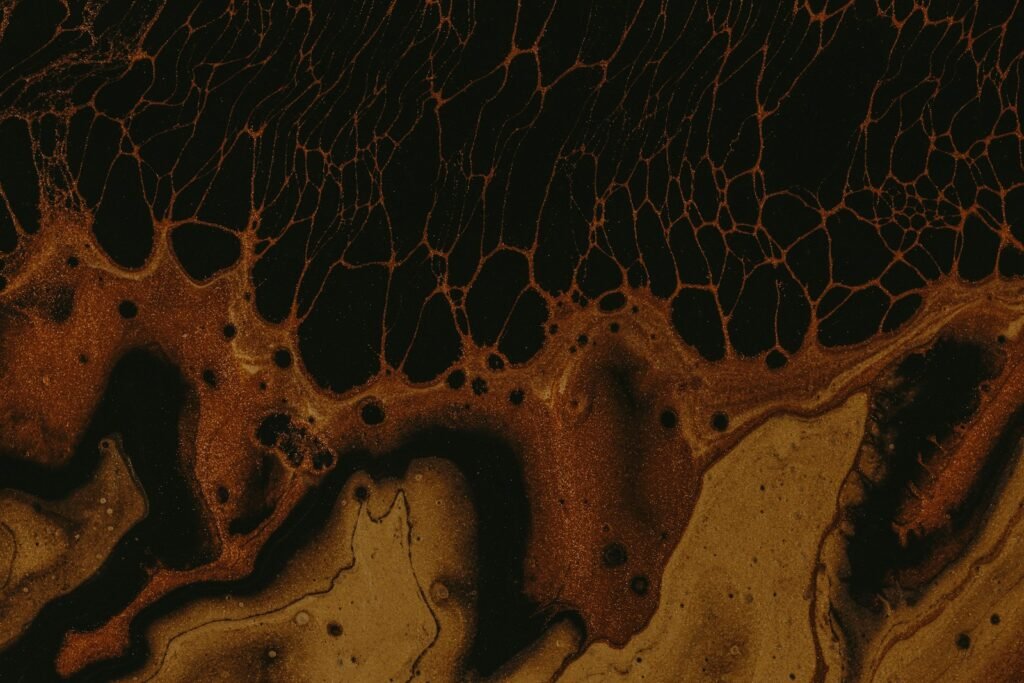Your skin is more than just a protective covering – it’s a dynamic, living laboratory where millions of tiny factories work around the clock to create one of nature’s most fascinating compounds. Every second, specialized cells deep within your skin are making critical decisions that affect everything from your appearance to your survival. These cellular powerhouses don’t just determine whether you’ll tan or burn at the beach; they’re engaged in an ancient evolutionary dance that has shaped human civilization itself.
The Melanin Factory: Your Skin’s Hidden Chemical Plant

Deep beneath the surface of your skin, remarkable cells called melanocytes operate like microscopic chemical factories. These specialized workers produce melanin, a complex pigment that does far more than simply color your hair, eyes, and skin. Each melanocyte can produce different types of melanin, from the dark brown-black eumelanin to the lighter red-yellow pheomelanin. What’s truly amazing is that these cells can ramp up production when they detect danger, flooding your skin with protective pigments faster than any human-made defense system. Think of melanocytes as your body’s own personal sunscreen manufacturers, working overtime when UV radiation threatens to damage your DNA.
UV Radiation: The Silent Threat That Changed Everything

The sun’s ultraviolet radiation is both a blessing and a curse for human skin. While we need some UV exposure to produce essential vitamin D, too much can trigger dangerous mutations in our cellular DNA. When UV rays penetrate skin cells, they can cause the DNA bases to stick together in abnormal ways, creating what scientists call pyrimidine dimers. These damaged sections are like typos in the instruction manual of life, potentially leading to cancerous growths if not repaired quickly. Your skin cells have evolved sophisticated repair mechanisms to fix this damage, but the system isn’t perfect – and that’s where melanin becomes your cellular superhero.
Evolutionary Pressure: How Sunlight Shaped Human Migration

The relationship between skin color and geography tells one of the most compelling stories in human evolution. As our ancestors migrated out of Africa tens of thousands of years ago, they encountered dramatically different levels of solar radiation. Those who settled in sun-drenched equatorial regions maintained high levels of melanin production to protect against intense UV exposure. Meanwhile, populations that moved to higher latitudes faced a different challenge – they needed to produce enough vitamin D in environments with limited sunlight, leading to the evolution of lighter skin that could absorb UV more efficiently. This isn’t just about appearance; it’s about survival, reproduction, and the continuation of entire populations.
The Vitamin D Dilemma: Balancing Protection and Production

Your skin faces a constant biological tightrope walk between protecting itself from UV damage and producing enough vitamin D to keep you healthy. Vitamin D is crucial for bone health, immune function, and even mood regulation, but your body can only synthesize it when UV-B radiation reaches deeper skin layers. People with darker skin need significantly more sun exposure to produce adequate vitamin D levels, which can become problematic in northern climates or urban environments with limited sunlight. This biological balancing act explains why vitamin D deficiency rates vary dramatically across different populations and geographic regions.
Genetic Mutations: The Molecular Switches of Skin Color

Tiny changes in your DNA can have enormous effects on your skin’s appearance and function. Scientists have identified dozens of genes that control melanin production, with some mutations having more dramatic effects than others. The MC1R gene, for example, acts like a master switch for melanocyte activity – certain variants can result in red hair and fair skin, while others promote dark pigmentation. What’s fascinating is that these genetic variations aren’t random; they represent millions of years of evolutionary fine-tuning. Some mutations that might seem disadvantageous in one environment actually provide survival benefits in another, showcasing the incredible adaptability of human genetics.
Albinism: When Melanin Production Goes Wrong

Albinism provides a striking example of what happens when melanin production systems malfunction. People with albinism have mutations in genes responsible for melanin synthesis, resulting in little to no pigment production in their skin, hair, and eyes. This condition affects about 1 in 20,000 people worldwide, but rates vary significantly by population and geography. Beyond the obvious visual differences, albinism can cause serious health challenges including extreme sun sensitivity, vision problems, and increased cancer risk. However, studying albinism has provided scientists with invaluable insights into how melanin production normally works, leading to better treatments and protective strategies.
Vitiligo: The Autoimmune Attack on Pigment Cells
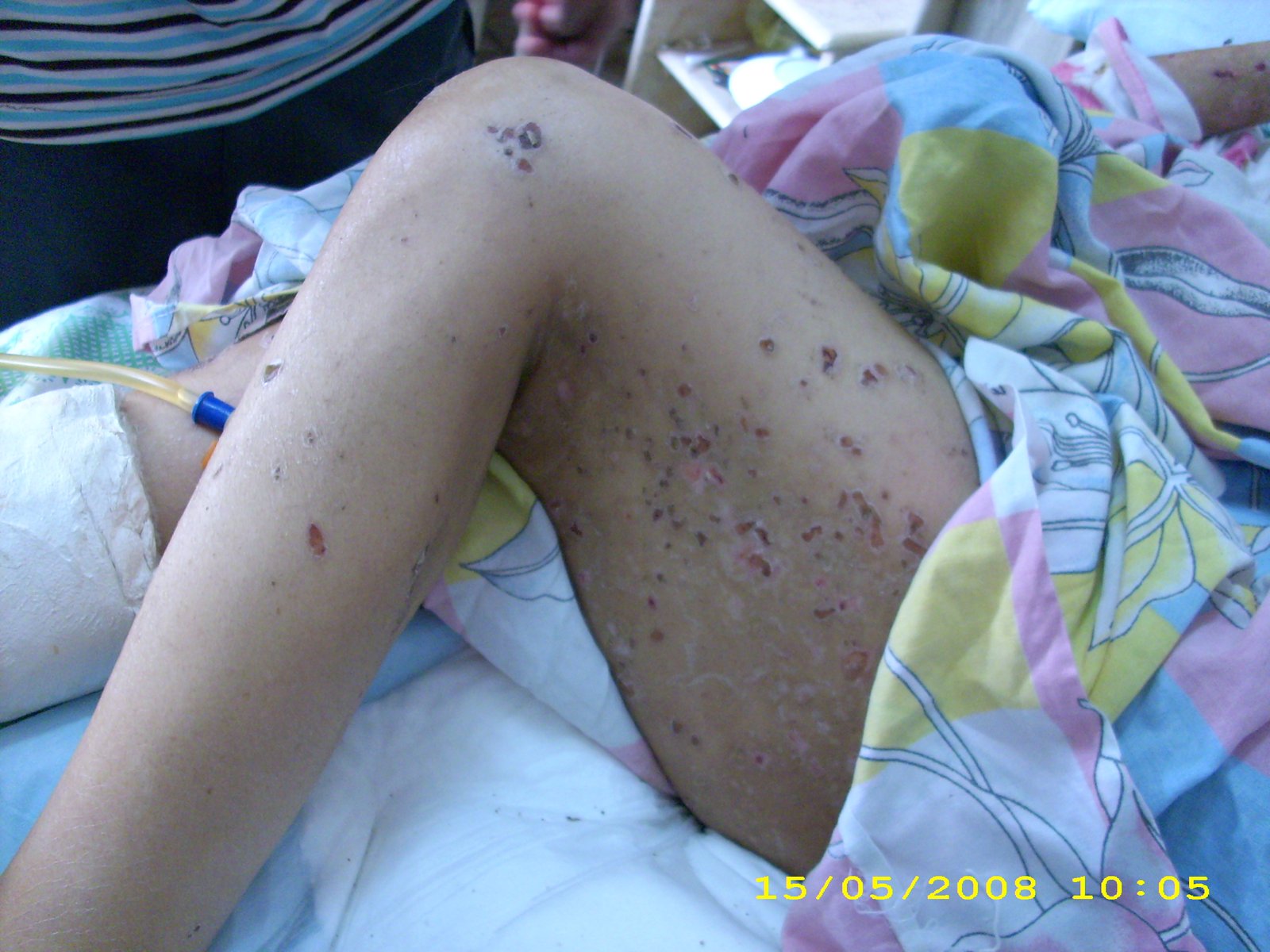
Sometimes your immune system can turn against your own melanocytes, causing patches of skin to lose their pigmentation in a condition called vitiligo. This autoimmune disorder affects roughly 1% of the global population, creating distinctive white patches that can appear anywhere on the body. The exact triggers remain mysterious, but stress, trauma, and genetic predisposition all seem to play roles. What makes vitiligo particularly intriguing from a scientific perspective is how it reveals the delicate relationship between immune function and pigment production. Recent research has even shown that some vitiligo treatments can help restore melanocyte function, offering hope for people living with this condition.
Melanoma: When Skin Cells Turn Dangerous
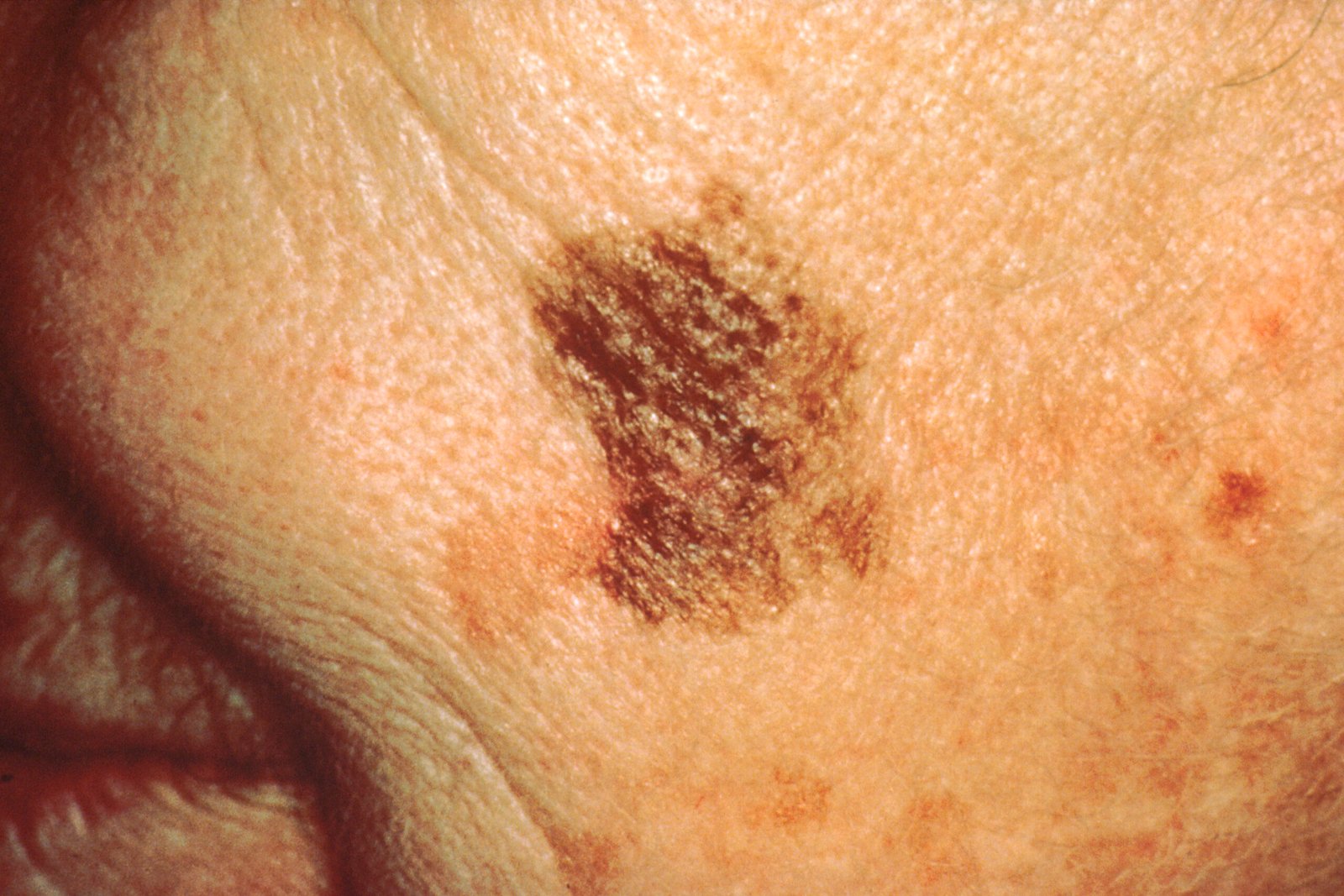
Melanoma represents the dark side of skin cell biology, occurring when melanocytes transform into aggressive cancer cells. Unlike other skin cancers that typically stay localized, melanoma can spread rapidly throughout the body, making early detection crucial for survival. What’s particularly concerning is that melanoma rates have been rising steadily in many countries, partly due to increased UV exposure and changing lifestyle patterns. The good news is that scientists are developing increasingly sophisticated treatments, including immunotherapies that harness the body’s own defenses to fight cancer cells. Understanding how normal melanocytes function has been essential for developing these life-saving treatments.
The Role of Hormones: Why Pregnancy Changes Skin Color

Hormonal fluctuations can dramatically affect melanin production, which explains why many women experience skin darkening during pregnancy. Increased levels of estrogen and progesterone can stimulate melanocytes to produce more pigment, leading to the “mask of pregnancy” or melasma that appears on the face. This temporary hyperpigmentation usually fades after childbirth, but it demonstrates how sensitive the melanin production system is to hormonal changes. Similar effects can occur with birth control pills, hormone replacement therapy, or certain medications, showing that skin color isn’t as fixed as we might think.
Age Spots and Solar Damage: The Long-Term Effects of UV Exposure

Those brown spots that appear on aging skin aren’t just cosmetic concerns – they’re historical records of past sun exposure written in melanin. Called solar lentigines or age spots, these patches represent areas where melanocytes have been working overtime for years to protect against UV damage. Over time, this constant pigment production can become irregular, creating the mottled appearance associated with sun-damaged skin. What’s remarkable is that these spots can take decades to appear, meaning the sun exposure you get today might not show up until you’re much older. This delayed effect makes it challenging for people to connect their current skin changes with past behaviors.
Phototherapy: Using Light as Medicine

Medical researchers have learned to harness the same UV radiation that can damage skin as a powerful therapeutic tool. Phototherapy treatments use carefully controlled light exposure to treat conditions ranging from psoriasis to certain types of cancer. For people with vitiligo, specific wavelengths of UV light can sometimes stimulate melanocyte function and restore pigmentation to affected areas. The key is precision – too little light provides no benefit, while too much can cause harmful burns or increase cancer risk. This delicate balance requires sophisticated equipment and expert medical supervision, but the results can be life-changing for patients with various skin conditions.
Synthetic Melanin: The Future of Sun Protection

Scientists are working to create artificial versions of melanin that could revolutionize sun protection and medical treatments. These synthetic compounds could potentially be incorporated into advanced sunscreens that provide better protection than current chemical blockers. Some researchers are even exploring the possibility of temporarily boosting natural melanin production through topical treatments, essentially giving people a “tan in a bottle” that provides real UV protection. While these technologies are still in development, they represent an exciting frontier where our understanding of natural melanin biology could lead to powerful new protective strategies.
The Psychology of Skin Color: Beauty Standards and Health

The science of skin pigmentation intersects with complex social and psychological factors that affect health behaviors worldwide. Cultural beauty standards that favor either lighter or darker skin can lead people to engage in behaviors that compromise their health, from excessive sun exposure to dangerous bleaching treatments. Understanding the biological basis of skin color can help combat harmful myths and promote healthier attitudes toward natural diversity. Education about melanin function and skin protection is crucial for helping people make informed decisions about sun exposure, cosmetic treatments, and skincare routines.
Cutting-Edge Research: Gene Therapy and Regenerative Medicine

The frontier of skin cell research is pushing into exciting new territories, including gene therapy approaches that could treat inherited pigmentation disorders. Scientists are developing techniques to deliver healthy copies of melanin-producing genes directly to affected skin cells, potentially offering cures for conditions like albinism. Regenerative medicine approaches are also exploring ways to grow new melanocytes in the laboratory and transplant them to areas of damaged or missing pigmentation. While these treatments are still experimental, they offer hope for people with serious pigmentation disorders and could eventually lead to breakthroughs in cancer treatment and anti-aging therapies.
Environmental Factors: Pollution and Modern Skin Challenges
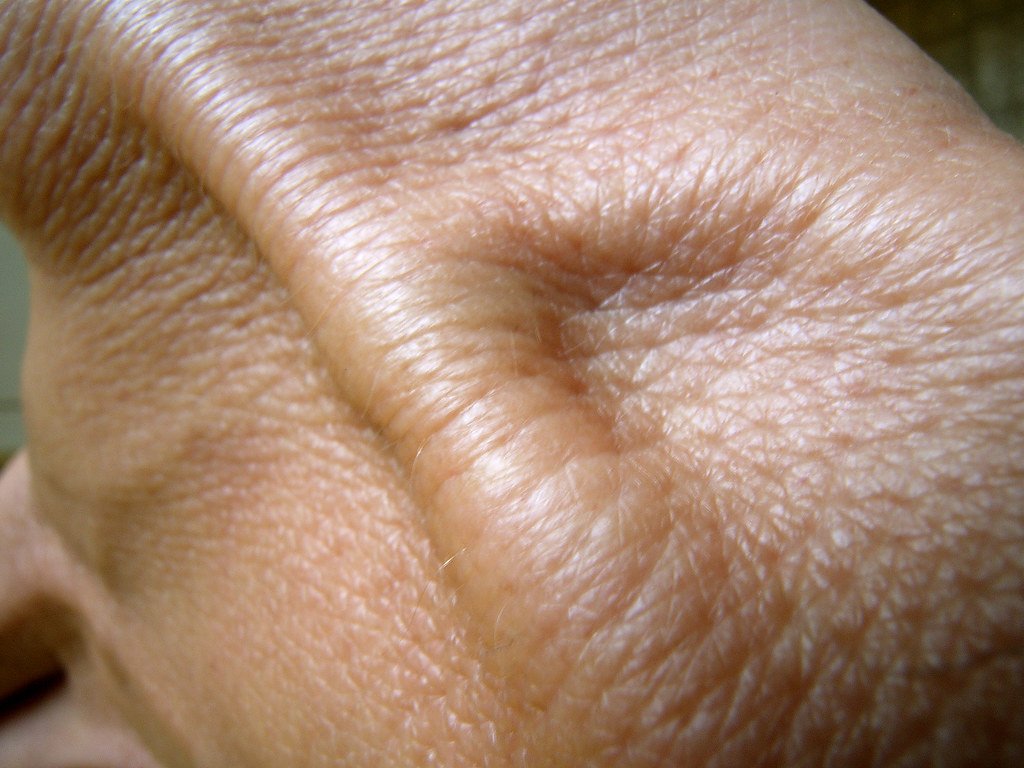
Modern urban environments present new challenges for skin health that our evolutionary history didn’t prepare us for. Air pollution can generate free radicals that damage skin cells in ways similar to UV radiation, potentially affecting melanin production and overall skin health. Chemical exposure from cosmetics, cleaning products, and industrial pollutants can also disrupt normal skin cell function. Climate change is altering UV exposure patterns worldwide, with some regions experiencing increased radiation due to ozone depletion while others see changes in seasonal patterns. These environmental shifts require us to rethink traditional approaches to skin protection and adapt our behaviors to new realities.
Personalized Medicine: Tailoring Treatments to Your Genetic Profile

The future of skin medicine is moving toward personalized approaches based on individual genetic profiles and risk factors. Genetic testing can now identify people who carry mutations that increase their risk for skin cancer or other pigmentation disorders, allowing for early intervention and customized prevention strategies. Some companies are already offering genetic analysis to help people choose the most effective sunscreens or skincare products for their specific skin type. As our understanding of skin cell genetics continues to advance, we can expect increasingly sophisticated and personalized approaches to skin health and disease prevention.
Global Health Implications: Skin Cancer and Healthcare Access

The worldwide impact of skin-related diseases reveals stark disparities in healthcare access and education. While skin cancer rates are highest in populations with lighter skin living in sunny climates, the disease affects people of all backgrounds and can be particularly dangerous in communities with limited access to dermatological care. Educational programs about sun protection and early cancer detection are crucial for reducing global disease burden. International research collaborations are working to develop low-cost screening technologies and treatment options that can be deployed in resource-limited settings, potentially saving thousands of lives.
The Microbiome Connection: How Bacteria Affect Skin Health

Recent research has revealed that the trillions of bacteria living on your skin play important roles in maintaining healthy pigmentation and overall skin function. These microscopic residents can influence inflammation levels, immune responses, and even melanin production in ways scientists are just beginning to understand. Disruptions to the skin microbiome through antibiotics, harsh skincare products, or environmental factors may contribute to various skin disorders. Some researchers are exploring the possibility of using beneficial bacteria as probiotics for skin health, potentially offering new approaches to treating pigmentation disorders and other skin conditions.
Technology and Innovation: Smart Skin Monitoring
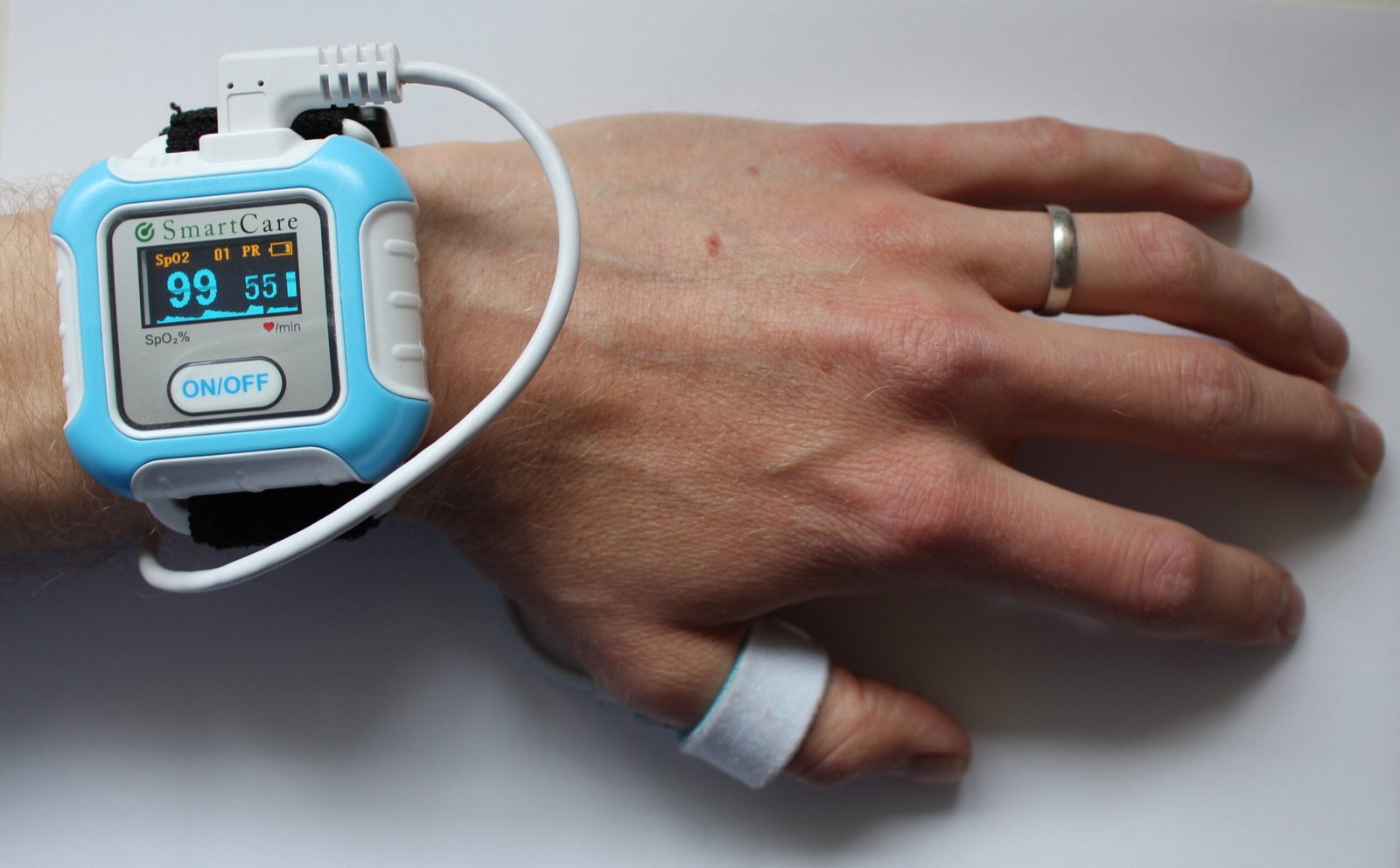
Emerging technologies are making it easier than ever to monitor skin health and track changes in pigmentation over time. Smartphone apps can now analyze moles and skin spots for signs of cancer, while wearable devices can measure UV exposure and remind users to apply sunscreen. Advanced imaging techniques allow doctors to see deeper into skin tissue than ever before, revealing early changes that might not be visible to the naked eye. Artificial intelligence is being trained to recognize patterns in skin changes that even experienced dermatologists might miss, potentially revolutionizing early detection and treatment of skin diseases.
The intricate world of skin cells reveals itself as far more complex and fascinating than most people ever imagine. From the molecular machinery that produces melanin to the evolutionary pressures that shaped human diversity, your skin represents millions of years of biological innovation and adaptation. The ongoing research into skin cell biology continues to unlock new possibilities for treating diseases, protecting health, and understanding what makes us human. What surprises you most about the hidden complexity working beneath your skin’s surface?

